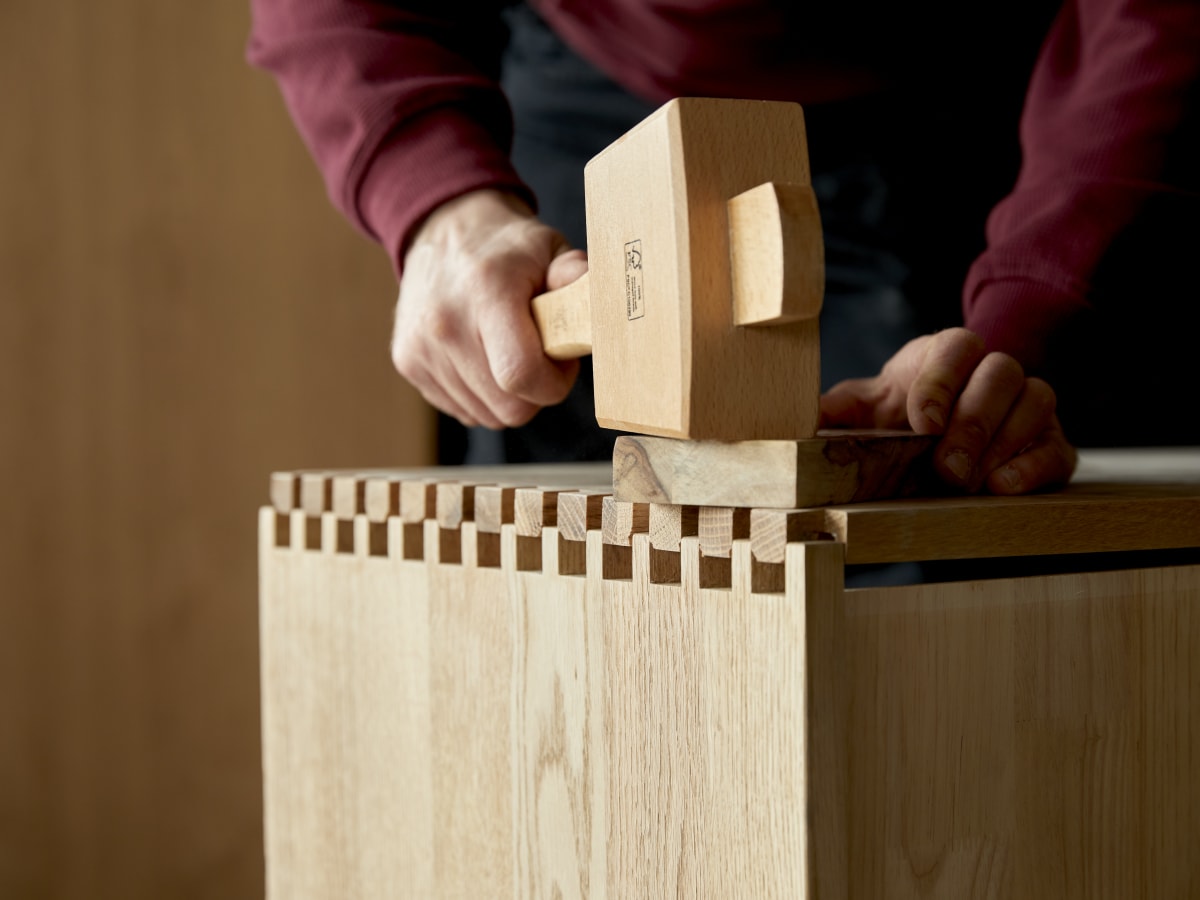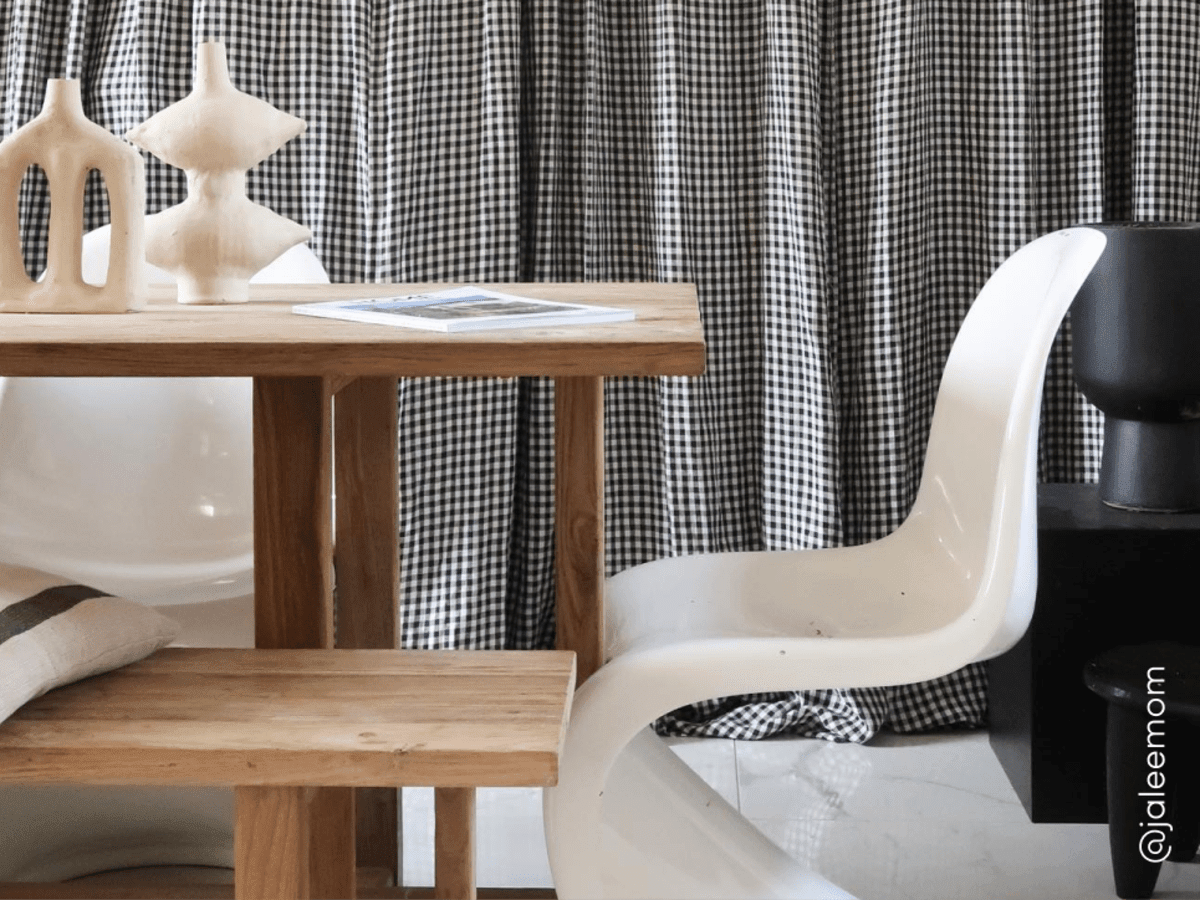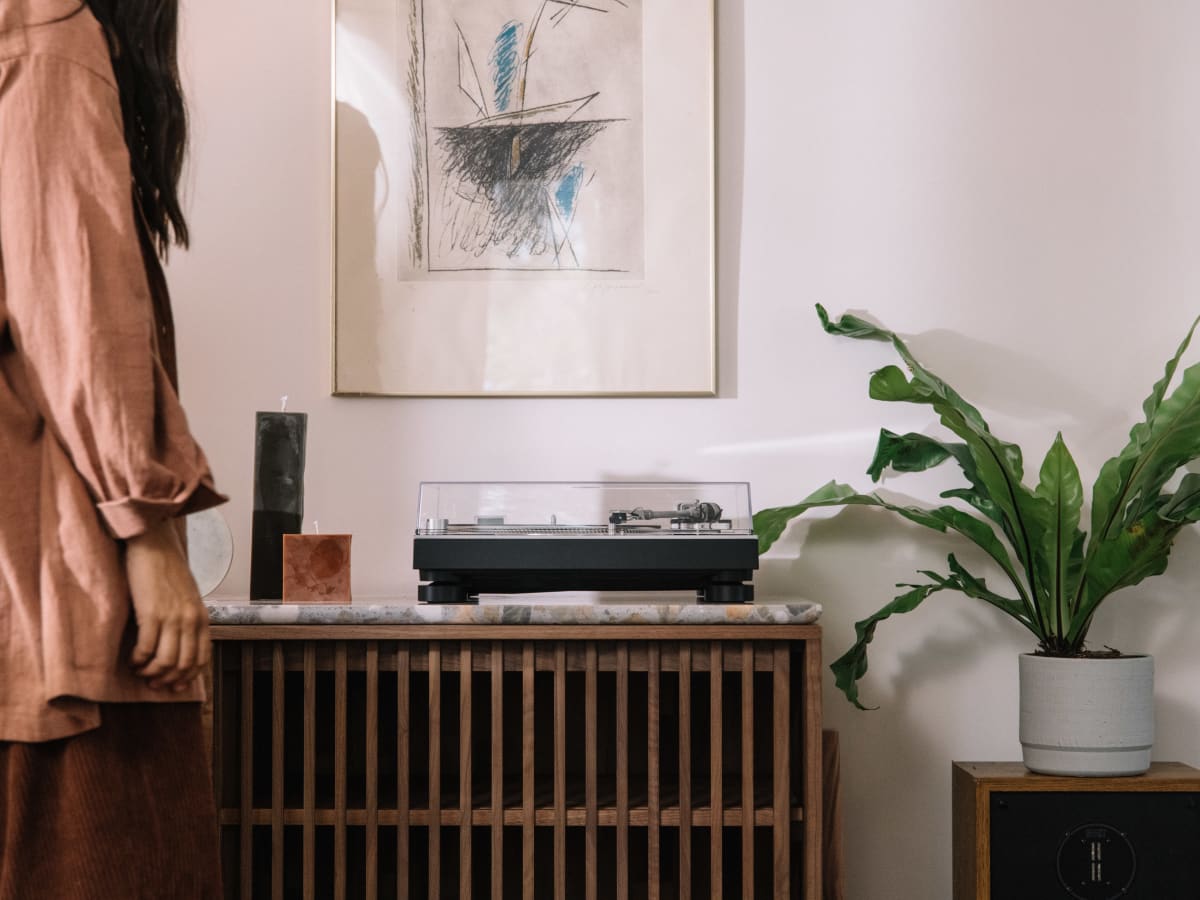Outdoor teak furniture
Preservation
- • Teak is an oily wood, filled with an oleoresin that naturally protects it from moisture by making it waterproof. When it is exposed to environmental factors (rain, frost, sun, etc.), the oleoresin in the exposed parts tends to dry out. The teak then takes on that characteristic grey hue. It is then oxidised, which does not alter its properties.
- • If you like this grey hue that teak takes on, let it develop naturally! However, you should clean it from time to time to remove micro-organisms and dirt. A good brushing with soapy water will suffice.
- • Do not use a high-pressure jet. Never use abrasive products, chlorinated products, degreasers and linseed oil which clogs and darkens the wood.
Protection & Care
If you want your teak to be protected from stains and keep its original colour, then it should be protected.
Oil
This oil is a non-film-forming and transparent protective product. It penetrates deeply and coats the fibres. It has the essential property of waterproofing wood and protecting it from everyday staining. It is suitable for all types of wood.
Appearance
A natural finish with a matt, non-film-forming appearance. The colour obtained can vary according to the wood species and wood colours. The product enhances the original colour of the wood, test beforehand in a non-visible area.
Disadvantages
It is very difficult to sand an oiled piece of furniture to return to the bare wood. The choice of this finish is, therefore "definitive".
Daily maintenance
Dust and clean with a suitable soap, but without water. In case of scratches or impact damage, sand locally with medium grit sandpaper, then apply the oil with a brush in two or three thin layers.
Long-term maintenance
Over time, the wood lightens or dries out. Simply clean it without sanding the damaged areas and re-coat with oil.
- • Outdoor use (tables, chairs, benches, deckchairs etc.) : Clear Matt Oil, for Garden Furniture (Syntilor brand)













